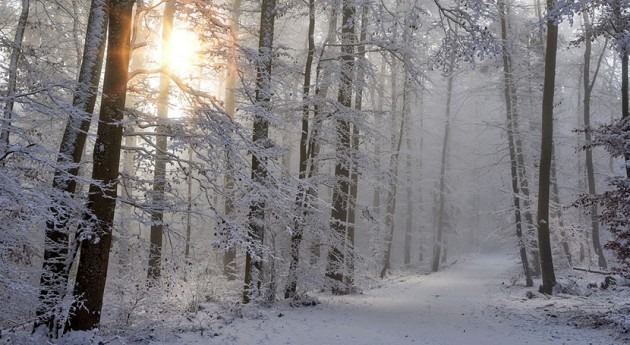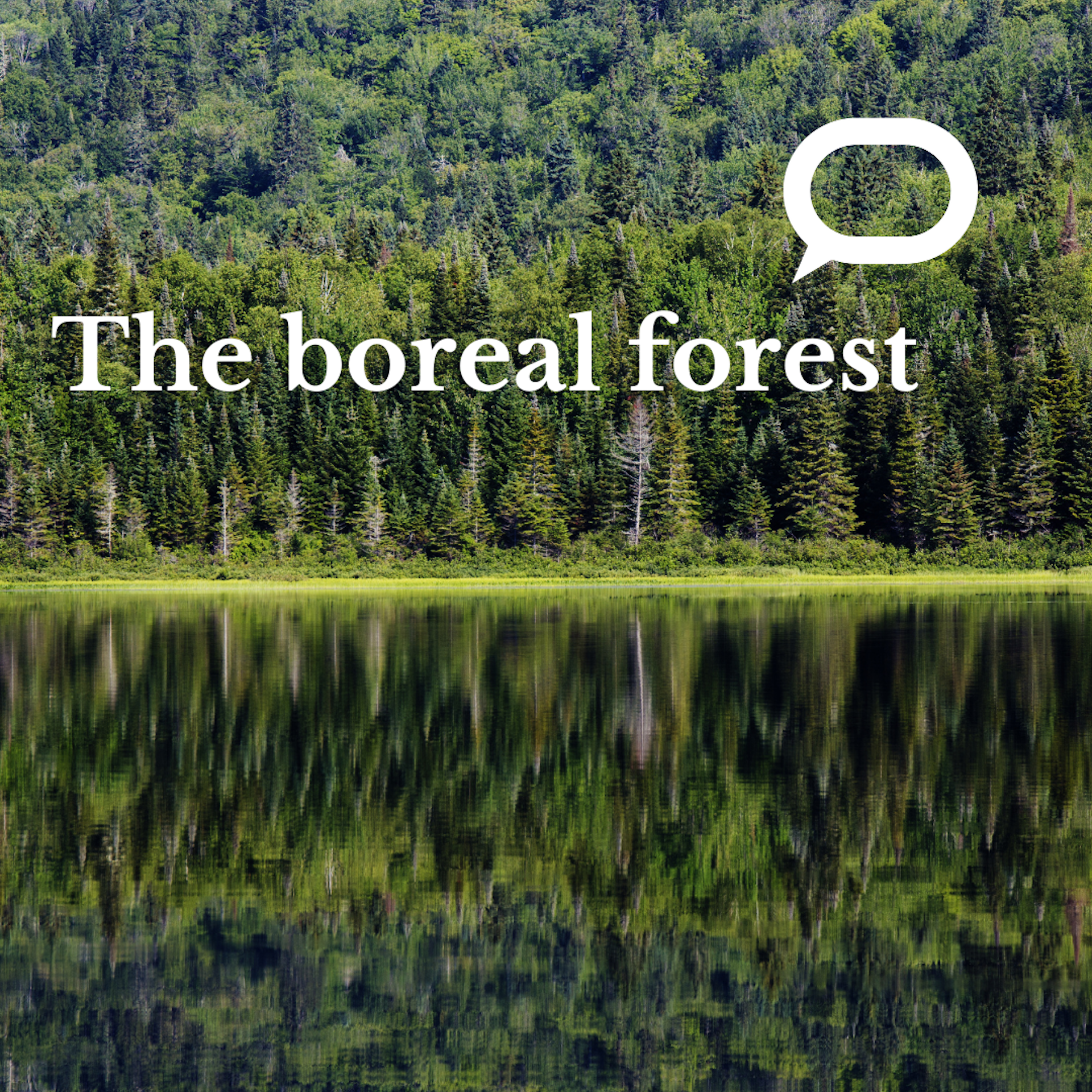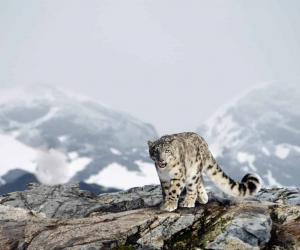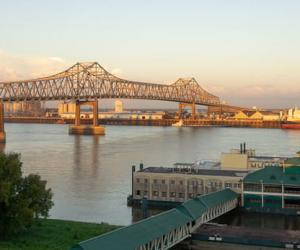Understanding the dynamics of snow cover in forests can help us predict flood risks

For more than six months a year, Quebec’s boreal forest is covered in a thick blanket of snow. While this is essential for the balance of our ecosystems, for the people living downstream from forested watersheds the snow can be like a sword of Damocles hanging over their heads.

This article is part of La Conversation Canada’s series The boreal forest: A thousand secrets, a thousand dangers
La Conversation Canada invites you to take a virtual walk in the heart of the boreal forest. In this series, our experts focus on management and sustainable development issues, natural disturbances, the ecology of terrestrial wildlife and aquatic ecosystems, northern agriculture and the cultural and economic importance of the boreal forest for Indigenous peoples. We hope you have a pleasant — and informative — walk through the forest!
The major floods of spring 2023 in the Charlevoix region show why the snow cover poses a risk.
Last winter, the Rivière du Gouffre watershed, of which nearly 75 per cent is covered by forests, accumulated a large amount of snow. The melting of this snow cover combined with an extremely intense rainfall event helped push the river out of its bed, causing unprecedented flooding in Baie-Saint-Paul.
As part of my PhD at Université Laval, in collaboration with Sentinel North, I am looking at the impact of snow cover properties on watershed hydrology in the boreal forest.
Rain as an energy carrier
As we saw in the spring of 2023, rain events combined with snow cover can lead to a sudden rise in river water levels. One reason for this is that rainwater transfers heat to the snow.
A heat exchange occurs between rain and snow when their temperatures differ. The snow warms up, and the rain cools down. Once the snow has reached a temperature of 0°C, any additional heat from the rain causes melting.
So, a snow cover of near 0 C, common in spring, and heavy rainfall at high temperatures, together create conditions where both meltwater and rainwater contribute to a higher flow of water. This increases the likelihood of flooding. However, this will only happen if the water produced can flow easily through the snow cover.
On the other hand, a cold snow cover combined with low-temperature rainfall can lead to rainwater freezing in the snow. This water will then remain trapped in the snow and won’t present a flooding risk.
After all, heat exchange goes both ways!
The snow cover, a complexly structured environment
The snow cover is a porous medium that does not have uniform physical properties. Rather, it is a stack of snow layers that represent the history of the winter’s meteorological events. Rainwater must percolate through all the snow layers to reach the ground, and eventually, the watercourse.
Some layers, such as fine-grained layers and layers of ice, limit the flow of water through the snow. In contrast, coarse-grained layers, which have larger pores, facilitate the flow of water. As a result, they enable rainwater and meltwater to reach the ground quickly.
The role of the forest
The structure of the snow cover influences the risk of flooding. But what effect do forests have on snow structure?
By intercepting part of the precipitation in its solid form (snow), trees limit the accumulation of snow on the ground. That, in turn, contributes to the growth of snow grains and pores on the ground through upward water vapour flux. In addition, the discharge of snow intercepted by trees in solid or liquid form increases the heterogeneity of the snow cover. These processes promote rapid water flow in the snow cover that forms beneath the trees.
The same everywhere?
Forest cover is far from uniform in the boreal forest. It’s more akin to sparse vegetation with treeless zones known as gaps. In these gaps, the structure of the snow cover is very different from that under the trees.
The greater accumulation of snow in the gaps favours the compaction of snow layers and the formation of fine grains. In addition, daily cycles of surface refreezing lead to the formation of low-permeability ice layers.
The snow cover in the gaps is, therefore, less favourable to the percolation of water to the ground than that found under the trees.
But does this mean that the presence of gaps reduces the risk of flooding? Not quite.
Snow melts faster in gaps
The structure of the snow cover is just one of the factors that influences flooding. Ground that is frozen, which limits infiltration, as well as rapid snowmelt also increase the risk of flooding.
In Québec’s boreal forests, although the ground does not freeze in the gaps between trees due to the insulating nature of the snow cover, the melt rate is much higher because solar radiation is stronger than it is under the trees, particularly in spring.
Although more snow would accumulate in the gaps, it takes less time to melt and reaches the watercourse more quickly than the snow under the trees. That increases waterflow and, as a consequence, the risk of flooding.
The combination of thicker snow cover in the gaps and more permeable snow layers under the trees contributed to the Rivière du Gouffre flooding Baie-Saint-Paul during the extreme rainfall of spring 2023.
Rainfall events like this will continue to increase in frequency as global temperatures warm. However, increased knowledge of the interactions between snow cover and forest will help improve hydrological models and ensure better public protection against flooding.
Benjamin Bouchard, Étudiant-chercheur au doctorat en génie des eaux, Université Laval; Daniel Nadeau, Professeur titulaire en hydrologie des régions froides, Université Laval y Florent Domine, Professeur, chimie, Université Laval









